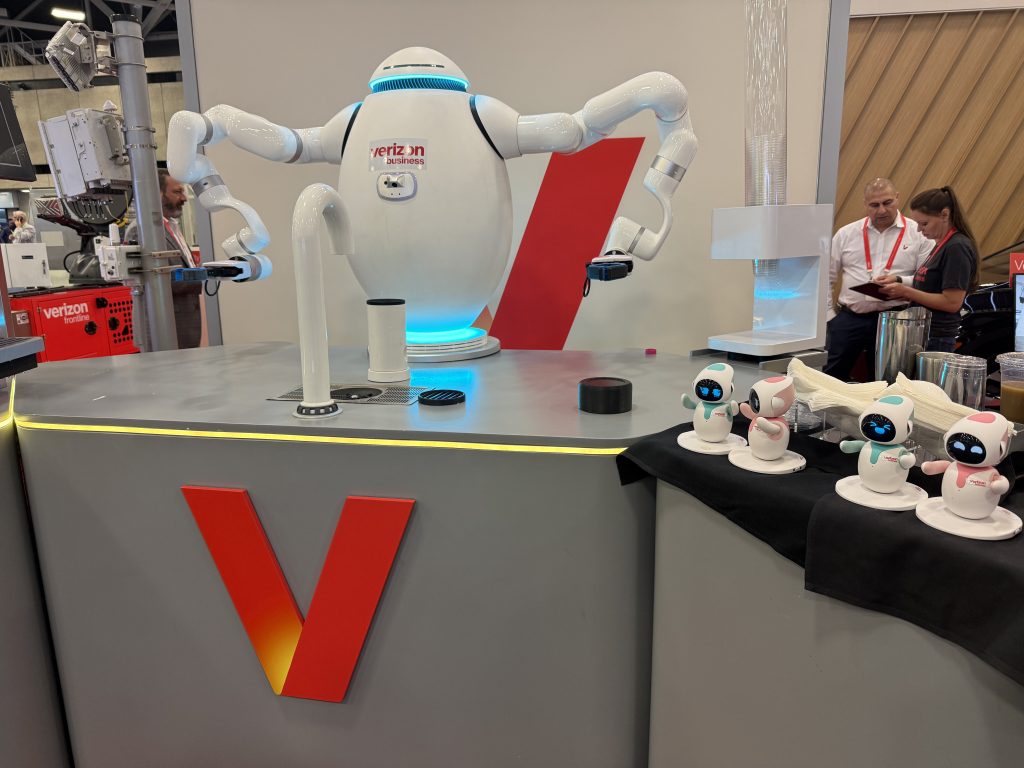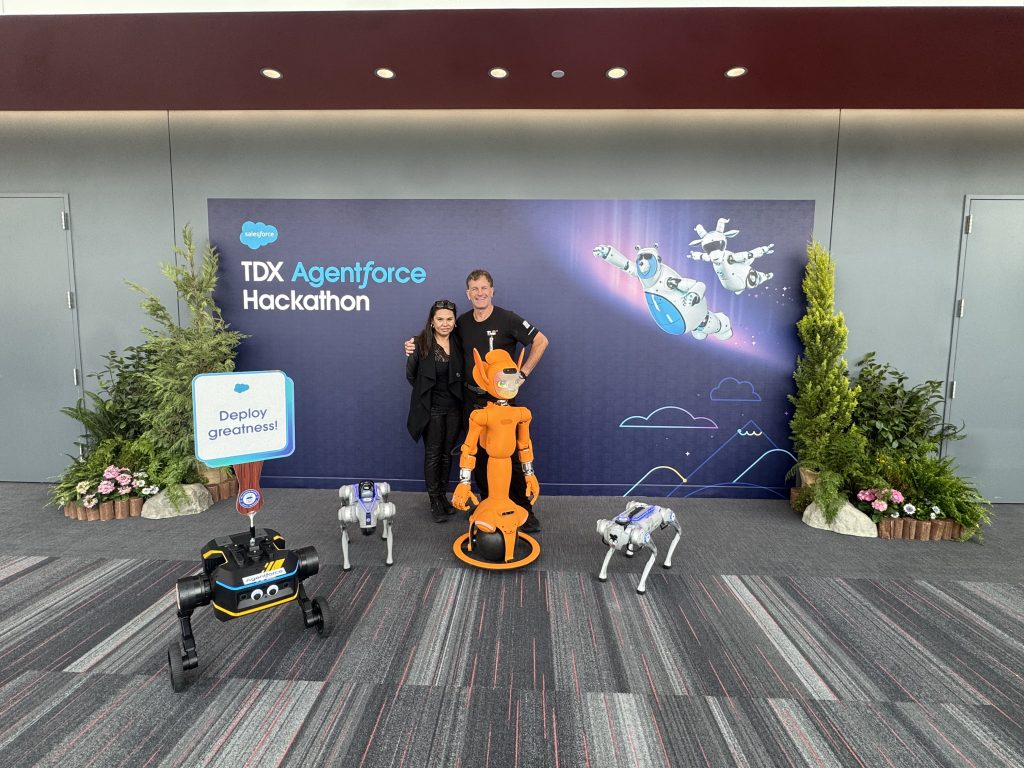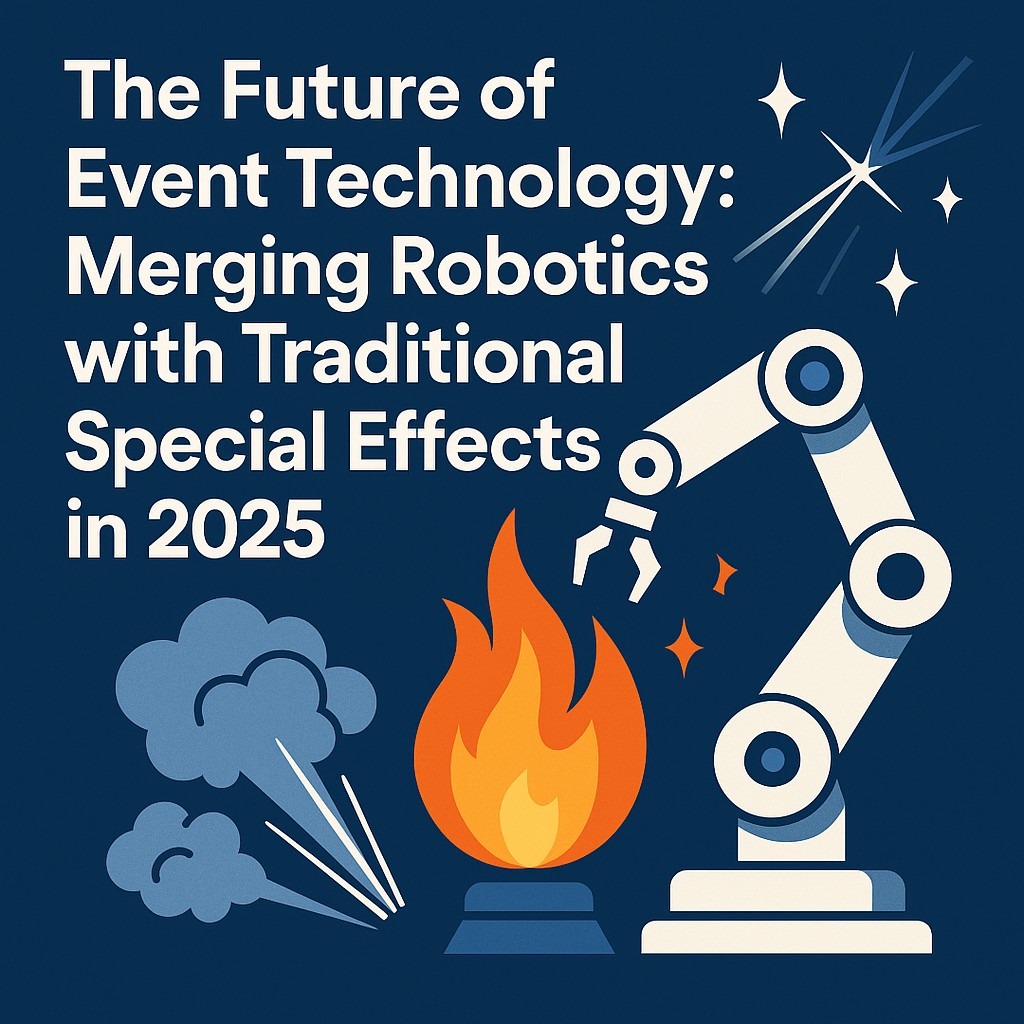In 2025, event production is evolving faster than ever before. The integration of robotics and traditional special effects is creating immersive experiences once thought impossible. From corporate events to concerts and theme parks, the future of entertainment lies at this dynamic intersection.
Why Robotics Are the Game-Changer
Robotics are no longer confined to industrial settings. Today, they’re adding flair and precision to live events.
First, robotic arms now handle pyrotechnics with millimeter accuracy. This reduces risk and increases creative potential. Secondly, drones offer cinematic movement that was previously unachievable without large cranes or helicopters.
A great example is the Tokyo 2020 drone show, where 1,800 drones created a globe in the sky. These types of displays are becoming more accessible and cost-effective.
Enhancing Traditional Special Effects
Traditional effects like fog, fire, and lighting haven’t gone away. In fact, they’re being enhanced with robotic precision.
For instance, robotic stage lighting can now track performers in real time. This eliminates the need for human spot operators. Fog machines and flame jets are also being synced with show control systems, triggered by AI or motion sensors.
This synergy allows for jaw-dropping moments that feel both futuristic and familiar.
Creating Immersive Experiences
Event planners in 2025 aren’t just aiming to impress. They want to immerse.
The merger of robotics and special effects lets audiences feel part of the action. Take interactive projection mapping. With robots adjusting projectors mid-show, surfaces come alive in real time. This technology is turning buildings into moving canvases.
One standout case: Coachella’s 2023 main stage used robotic lifts, synchronized lasers, and AI-controlled pyrotechnics to create a 4D experience. Attendees didn’t just watch, they felt the performance.
Applications Across Industries
This tech isn’t limited to music festivals. It’s spreading across weddings, corporate launches, sports, and even virtual reality events.
Weddings now feature drone-delivered rings and robotic cake-cutting arms. Meanwhile, sports events use synchronized lighting and fog robots to boost halftime shows.
Corporate launches are also embracing this shift. Brands like Tesla and Apple use kinetic stages, robotic choreography, and immersive visuals to wow investors and media alike.
The Role of AI in Event Robotics
AI is the hidden hero behind many of these innovations. It powers movement, timing, and adaptation.
For example, facial recognition can trigger robotic actions based on audience reactions. AI-driven cameras can also detect mood and adjust effects accordingly.
Moreover, machine learning algorithms are helping producers plan more efficiently. Tools like Disguise’s xR software integrate AI to visualize shows before they happen.

Challenges Ahead
While the tech is promising, it’s not without hurdles. Cost remains high, although prices are dropping as adoption spreads. Safety is another concern. Automated machines must be rigorously tested in live environments.
There’s also a learning curve. Traditional crews need training to operate these advanced systems. But with investment and time, the benefits far outweigh the challenges.
What to Expect Moving Forward
Looking ahead, expect more collaboration between engineers and creatives. The goal isn’t just automation. It’s about crafting unforgettable, multisensory experiences.
Companies like Stage Precision are leading the way with real-time tracking systems for live events (Stage Precision). They’re redefining how light, sound, and motion are orchestrated.
Also, expect environmental sustainability to become a bigger focus. Robotics can help reduce waste by replacing single-use materials with reusable, programmable elements.
TLC Creative: Pioneers in Robotic Special Effects Integration
One of the most innovative players in this space is TLC Creative. Known for pushing the boundaries of live event production, TLC has been a pioneer in merging robotics with traditional special effects to deliver breathtaking, high-energy performances. Their work includes drone shows, robotic stage movements and interactive laser effects, all synchronized with precise timing and AI-driven cues. Recently, TLC Creative has partnered with Salesforce to explore the intersection of agentic AI and robotics. This collaboration aims to develop responsive systems that adjust in real time based on audience engagement and environmental data. Together, they are crafting events that don’t just react, they adapt using AI to guide robotic systems for smarter, more immersive experiences.

Final Thoughts
The future of event technology is here—and it’s electric, intelligent, and incredibly exciting.
By merging robotics with traditional special effects, event producers are no longer limited by gravity, timing, or space. The audience becomes part of the spectacle, and storytelling reaches new heights.
As we move deeper into 2025, this trend isn’t just a novelty. It’s the new standard.

